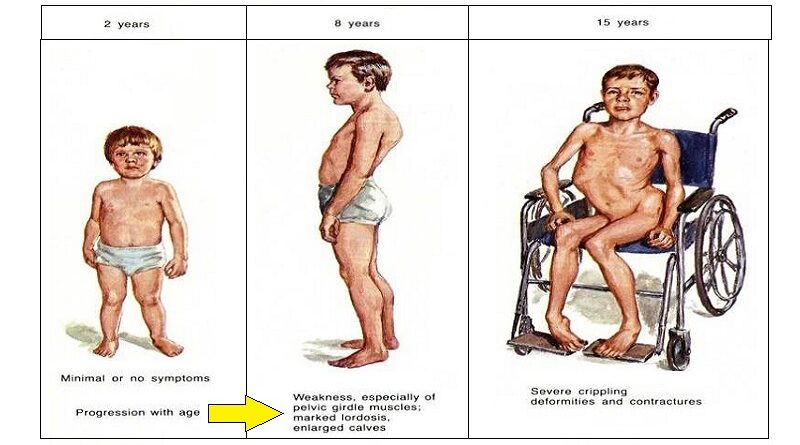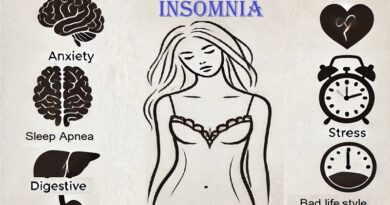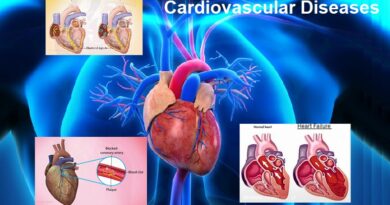Muscular Dystrophy: A Complex Genetic Condition
Muscular dystrophy is a group of genetic disorders that affect the muscles and cause progressive weakness and loss of muscle mass. This debilitating condition can affect individuals of all ages and has various forms, each with its own unique characteristics. In this article, we will discuss muscular dystrophy, its causes, symptoms, diagnosis, and potential treatment options. Keep reading to gain a deeper understanding of this complex condition.
What is Muscular Dystrophy?
It refers to a collection of genetic disorders that result in the progressive deterioration and weakening of muscles. These disorders are caused by abnormalities in the genes responsible for the production of proteins needed for healthy muscle function. The most common form is Duchenne muscular dystrophy (DMD), affecting approximately 1 in every 5,000 male births.
Types and Symptoms:
a) Duchenne Muscular Dystrophy (DMD):
It mainly affects boys and becomes apparent during early childhood. It is caused by a mutation in the dystrophin gene, which leads to the absence or deficiency of the dystrophin protein. Symptoms include progressive muscle weakness, difficulty walking, delayed motor milestones, and eventual loss of ambulation.
b) Becker Muscular Dystrophy (BMD):
BMD is similar to DMD but progresses at a slower rate and with milder symptoms. A dystrophin gene mutation also causes it, but in this case, the protein is present in reduced amounts. Symptoms often manifest during adolescence or early adulthood and include muscle weakness, difficulty with mobility, and potential heart-related complications.
c) Myotonic Muscular Dystrophy (MMD):
MMD is the most common form of adult-onset type. It is characterized by prolonged muscle contractions (myotonia) and muscle weakness. Individuals with MMD may experience symptoms such as muscle stiffness, difficulty releasing a grip, heart abnormalities, and problems with vision and cognition.
Causes and Genetics:
It is primarily caused by genetic mutations that affect the production of muscle proteins. These mutations can be inherited from one or both parents or occur spontaneously. Different types of this condition are associated with specific gene mutations, affecting the severity and progression of the condition.
Diagnosis:
Diagnosing involves a comprehensive evaluation of medical history, physical examination, and various diagnostic tests. These may include blood tests to analyze specific proteins, genetic testing to identify gene mutations, electromyography (EMG) to measure electrical activity in muscles, muscle biopsies to examine tissue samples and imaging tests like MRI or ultrasound.
Treatment and Management:
Currently, there is no cure for muscular dystrophy. However, there are several approaches for managing the condition and improving the quality of life for those affected:
a) Physical therapy:
Targeted exercises and stretching routines can help maintain muscle strength, flexibility, and range of motion.
b) Medications:
Certain medications can help manage symptoms and slow down the progression of the disease. These may include corticosteroids to reduce muscle inflammation and improve strength, heart medications to address associated cardiac issues, and others tailored to specific symptoms.
c) Assistive devices:
Mobility aids such as wheelchairs, braces, and orthopedic equipment can provide support and improve mobility.
d) Respiratory care:
As muscular dystrophy progresses, respiratory function may be compromised. Respiratory devices, such as continuous positive airway pressure (CPAP) or mechanical ventilators, can assist with breathing.
e) Research and clinical trials:
Ongoing research and clinical trials offer hope for future treatments and potential cures. Gene therapy and innovative techniques like CRISPR/Cas9 are being explored as possible avenues for intervention.
SUMMARY
Muscular dystrophy is a complex group of genetic disorders that affect muscle function, resulting in progressive weakness and loss of mobility. While it presents significant challenges, advancements in medical knowledge and therapeutic options offer hope for individuals living with this condition.
If you have questions you can drop them below in the comment section. You can contact us here: Google page – Helalmedical, or Facebook page. We offer quick and convenient testing options.




